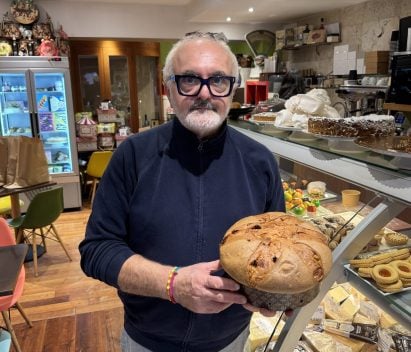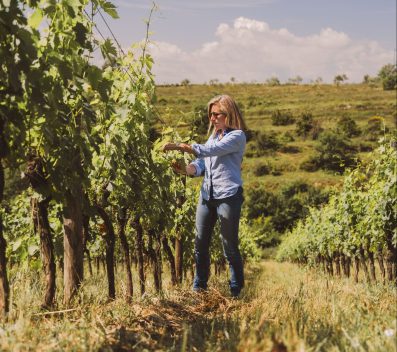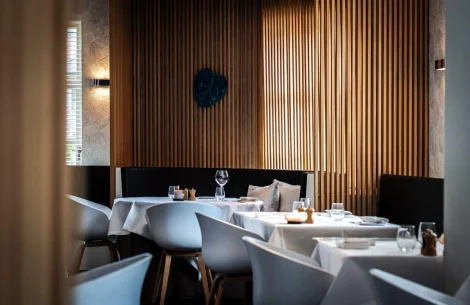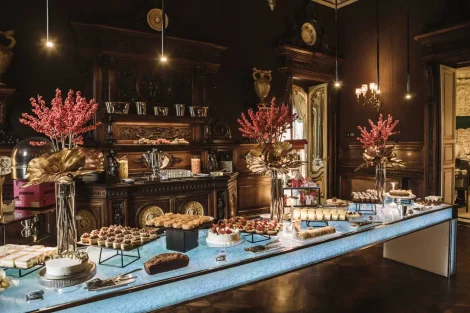La Capanna, a Tuscan winery, may soon become known for more than just its core business. The Cencioni family, who own the estate and are among the founding members of the Brunello di Montalcino Consortium, have decided to broaden their horizons: investing in the restaurant sector to create a fine dining establishment to be proud of—one that will win over guests and earn recognition from prestigious food guides. That’s the hope of one of the main drivers of the project, young Amedeo, part of the family’s fourth generation. The ambition is there, and the desire to achieve great results is unmistakable. But to do so, vision and expertise are essential.
In this light, lacking a deep culinary pedigree themselves, the Cencioni family have turned to someone well-versed in the world of great kitchens: Mirko Cairone, a chef who left Il Luogo Aimo e Nadia, where he was sous chef, to take on this new challenge. And so, after parting ways with the Moroni family, the Campania-born chef is now preparing to head up Val d’Orcia’s new restaurant: Il Passaggio by Capanna.
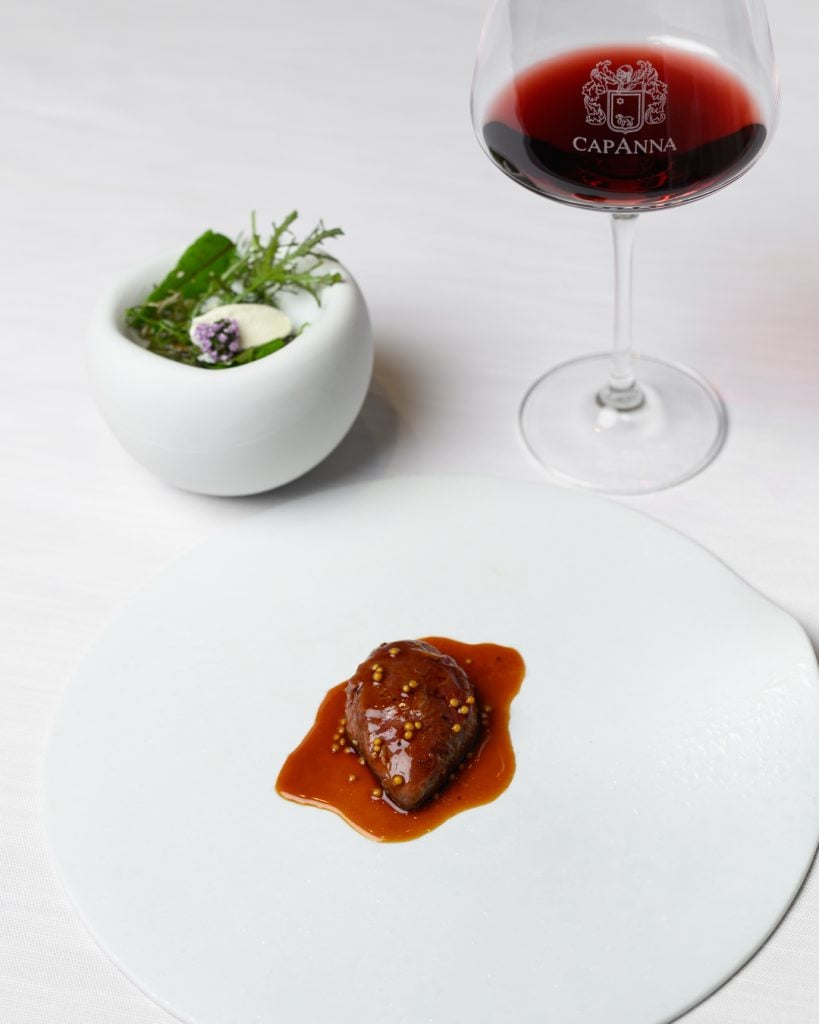
New opening in Montalcino
From 3 June, the opening day, “the goal will be the Michelin star.” Cairone, without hesitation, immediately makes clear what the owners are aiming for. This fine dining project is meant to aim high, and preparations have been underway for months. Since the beginning of the year, every element contributing to its potential success has been under scrutiny.
Despite the resources available, there are constraints: the operation is part of a broader luxury agritourism venture — Capanna Suites, a structure with 11 “adults-only” rooms, a pool, and a spa — and as such, it must comply with the regulations that govern agriturismi.
This means the offering must be fully rooted in the local area. Ingredients and wine list (around 500 labels) will therefore be local expressions, all products “under the sign” of Tuscany. For example, milk and cheese come from Fior di Montalcino, a farm just 100 metres from the property; while the pigeon meat is supplied by Giusti, and pork — semi-wild Cinta Senese breed — by Tenuta Paganico.
The need to rely on nearby producers has prompted a push for self-sufficiency, a path the owners had already started down years ago with the installation of photovoltaic panels and a water recovery system. A vision also embraced by Mirko Cairone himself: “We’ve built a vegetable garden from scratch. We’re also planning to have our own poultry. From now to the next two years, we aim to become increasingly self-reliant.”
Given the supply chain, this approach represents a departure for the executive chef compared to the philosophy of Aimo Moroni, whose criteria for selecting ingredients welcomed the diversity of the entire Italian peninsula.
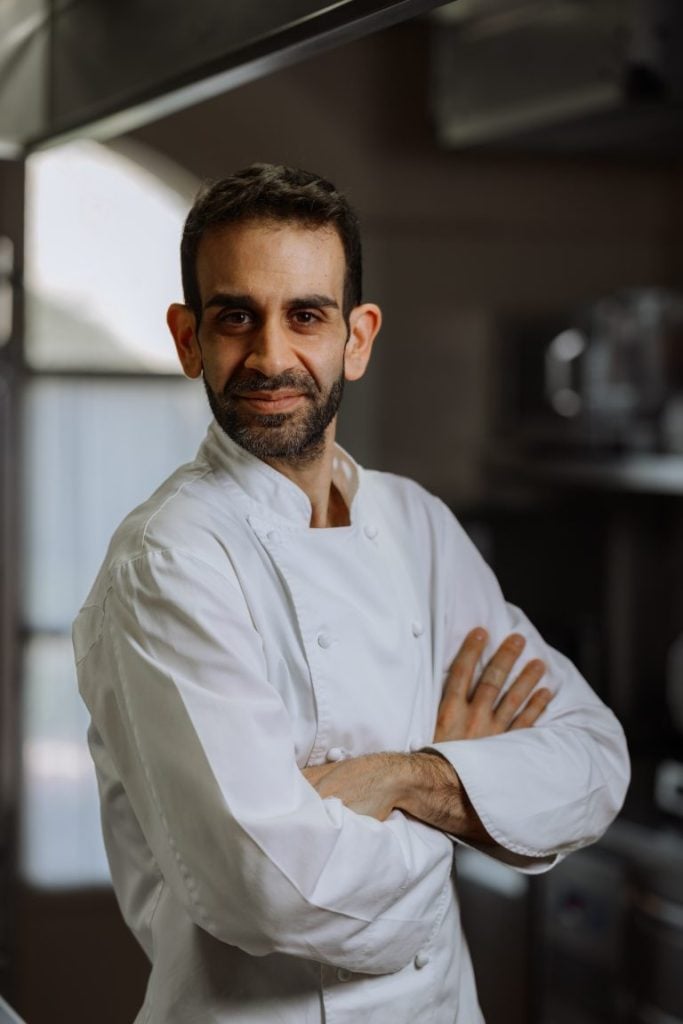
Mirko Cairone
The chef’s background
Mirko Cairone’s story isn’t made up solely of restaurants and stained aprons. In fact, he originally trained as an architect. Up to a certain point, his relationship with food was almost indifferent. He grew up in a family with no professional ties to the food world. His interest gradually blossomed after meeting a special woman: “My wife changed everything. Her family owned a restaurant. One day I walked into the kitchen for fun, and I never came out.”
Before joining Stefania Moroni’s team, he gained international experience in France and Spain. In Italy, between consulting roles (including one in Gaeta with Francesco Apreda) and venues that promised more than they could deliver, Cairone has faced his fair share of disappointments: “Over the years, I’ve worked in places where the owners only realised too late how difficult it is to support a certain kind of offering.”
That’s why, when the Cencioni family made their offer, he didn’t hesitate. The solid foundations of the business — thanks to its successful wine production — and the chance to work within a hospitality complex rather than a roadside location, were compelling enough for him to give up the prestigious leadership role at the historic Aimo e Nadia group.
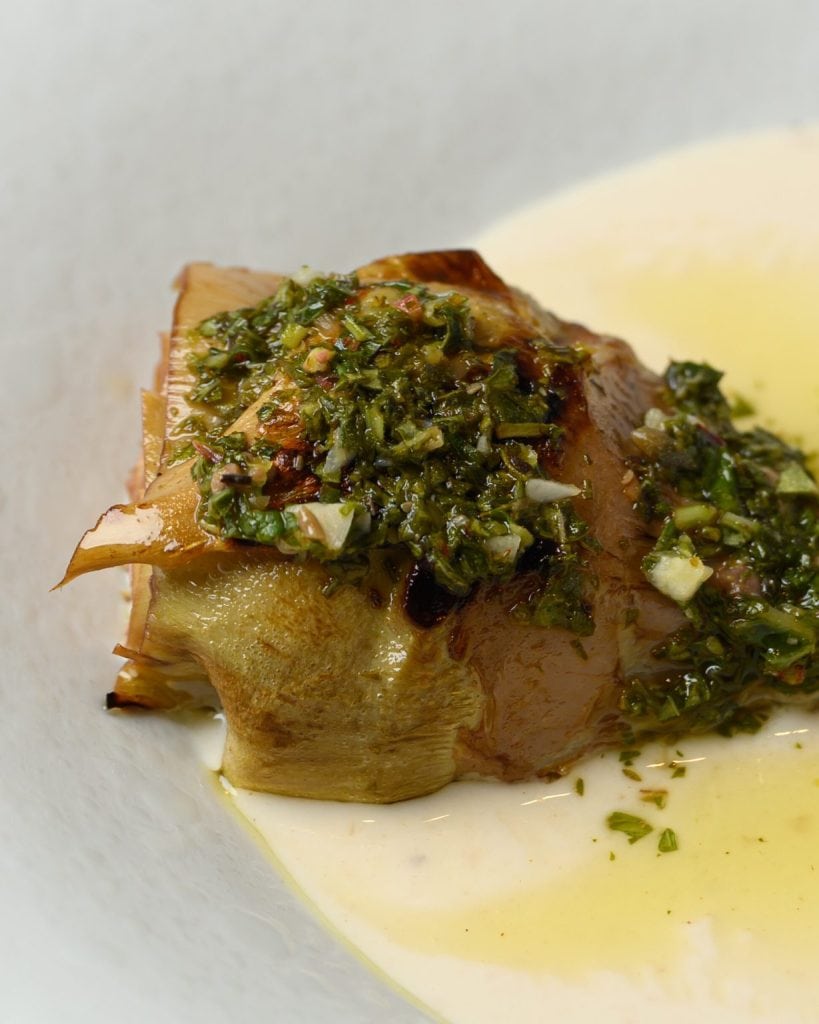
The artichoke by Il Passaggio by Capanna
Il Passaggio by Capanna
At present, guests can only dine at the Capanna Suites bistrot, where some traditional recipes are given a contemporary twist. The haute cuisine from Cairone is expected to debut in early June. His culinary vision revolves around what he describes as “complex simplicity”: a clean, minimalist style inspired by one of its leading proponents, Niko Romito.
Tuscany will form the foundation of the dishes, but there will be hints of Campania — Cairone’s homeland — especially with a strong focus on acidity. Two tasting menus will champion the garden and the surrounding area, designed with short service times to prevent diners from growing weary — no drawn-out affairs here.
The plant-based menu includes six courses, with a number of fermented elements. Among the five savoury preparations, the Chargrilled artichoke in sour Brunello preserve, sesame and oxidised almond sauce, and mentholated herb pesto from the garden stands out as a favourite for the 1989-born chef. His focus on preserving methods allows him to go beyond the product’s natural seasonality.
The other menu features seven courses (including dessert), where oleogusto — the flavour profile linked to oils and fats — takes centre stage. Here, the aim is to highlight the rich, savoury nuances of animal proteins, counterbalanced by citric acidity. Among the meat-based mains, the Wood pigeon breast roasted on the carcass, mustard jus and pods, wild bitter herb salad and horseradish ice cream is a standout.
This is not a menu created exclusively for international tourists who usually stay in luxury agriturismos like this one. Cairone has a broader ambition: “Although this is a highly touristic area, we want to win over locals as well — they’re the ones who support you during the low season.”

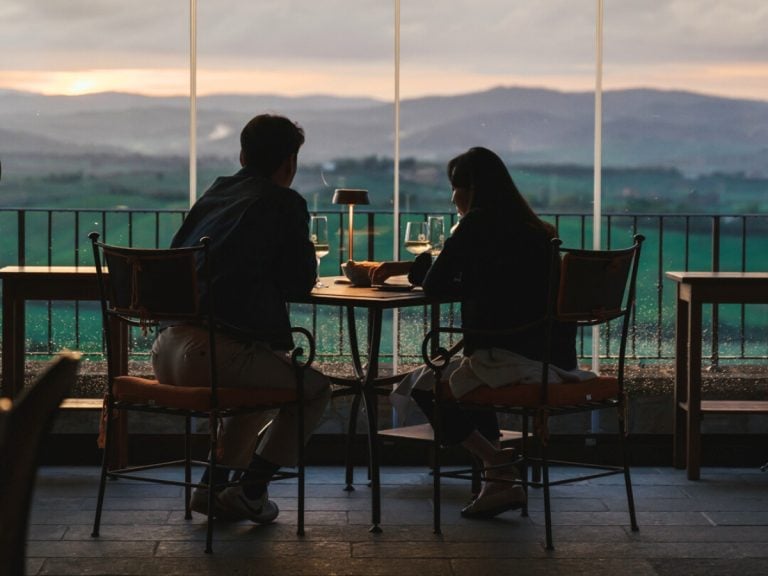
 2025 was the year of Trump's tariffs – will 2026 be better for Italian wine in the US?
2025 was the year of Trump's tariffs – will 2026 be better for Italian wine in the US?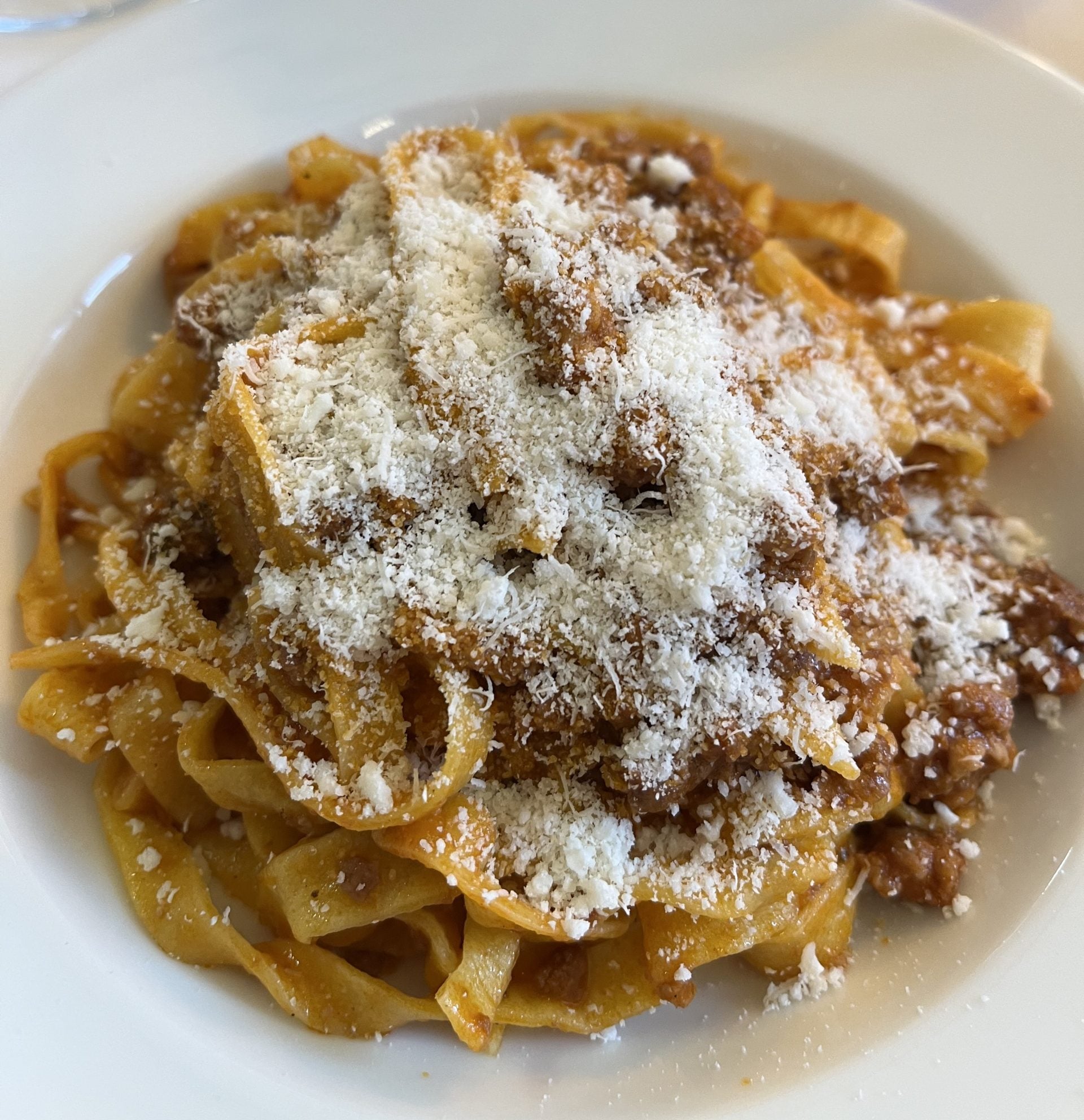 Italian cuisine recognised by UNESCO
Italian cuisine recognised by UNESCO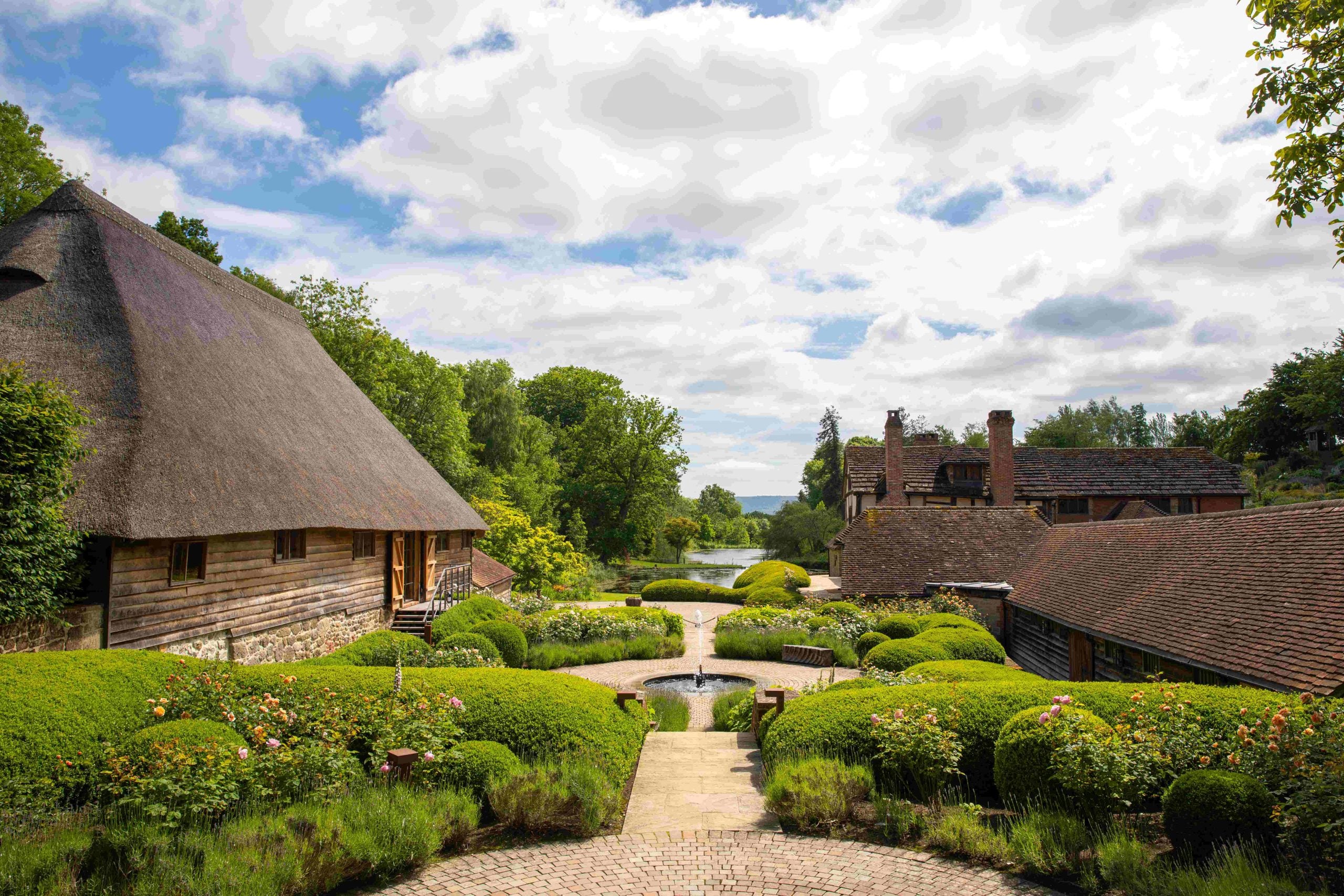 Where is English sparkling wine going?
Where is English sparkling wine going?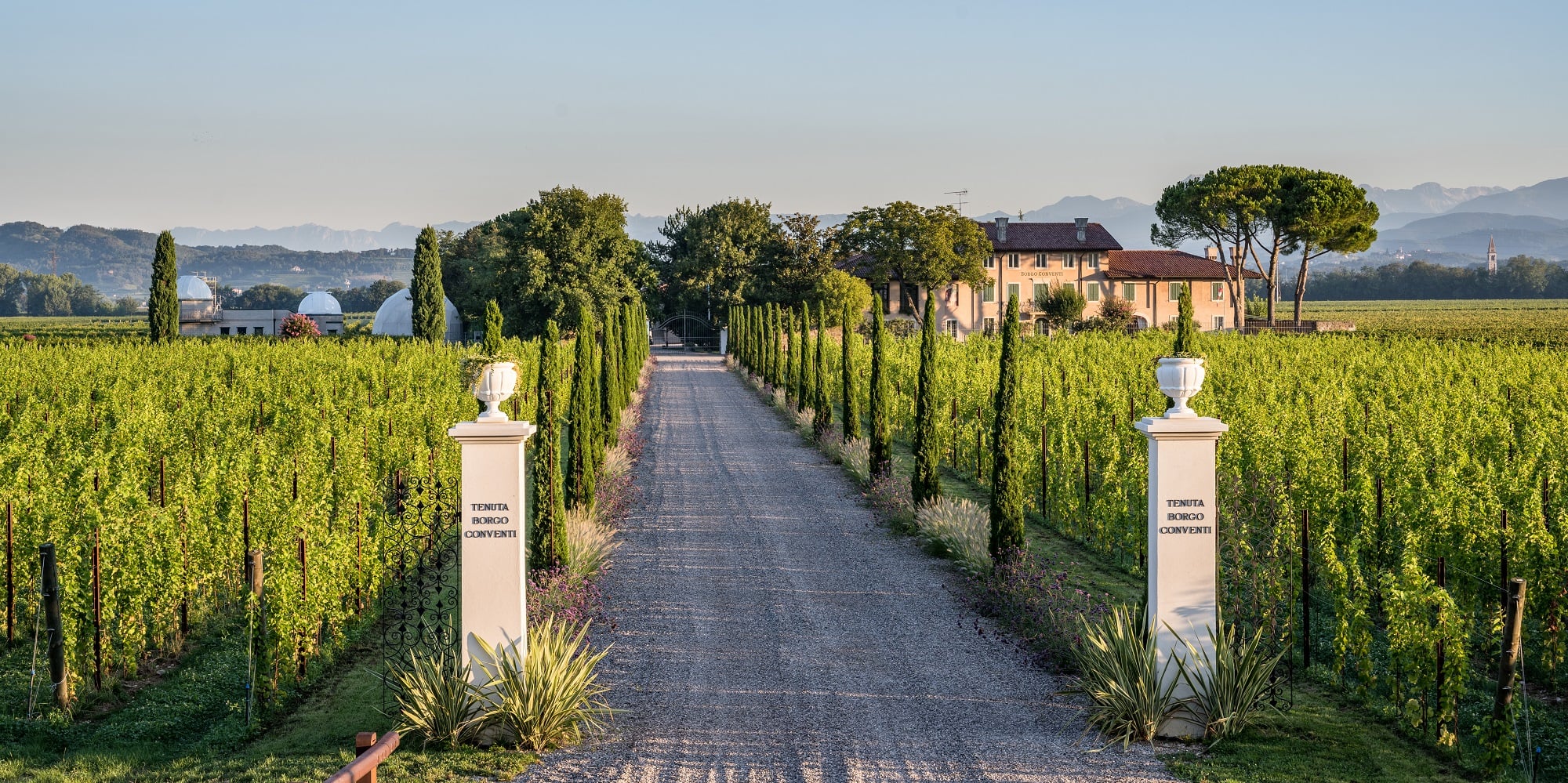 Why Borgo Conventi's Luna di Ponca should be on your radar
Why Borgo Conventi's Luna di Ponca should be on your radar Why Parmigiano Reggiano is about to become a Hollywood star
Why Parmigiano Reggiano is about to become a Hollywood star